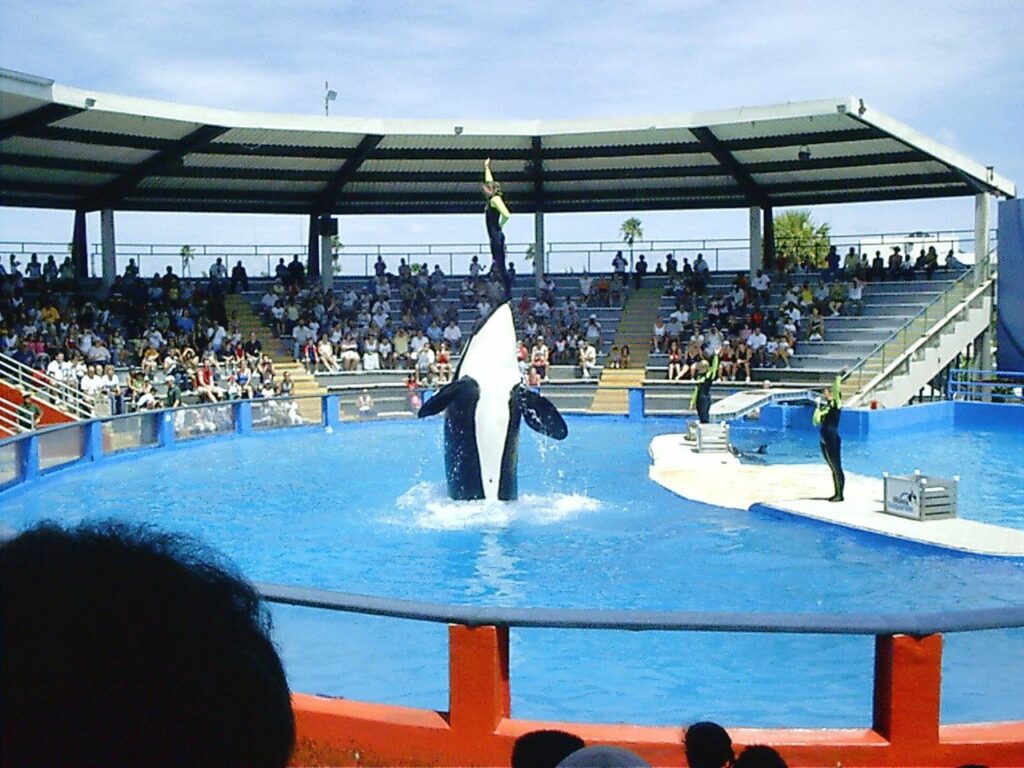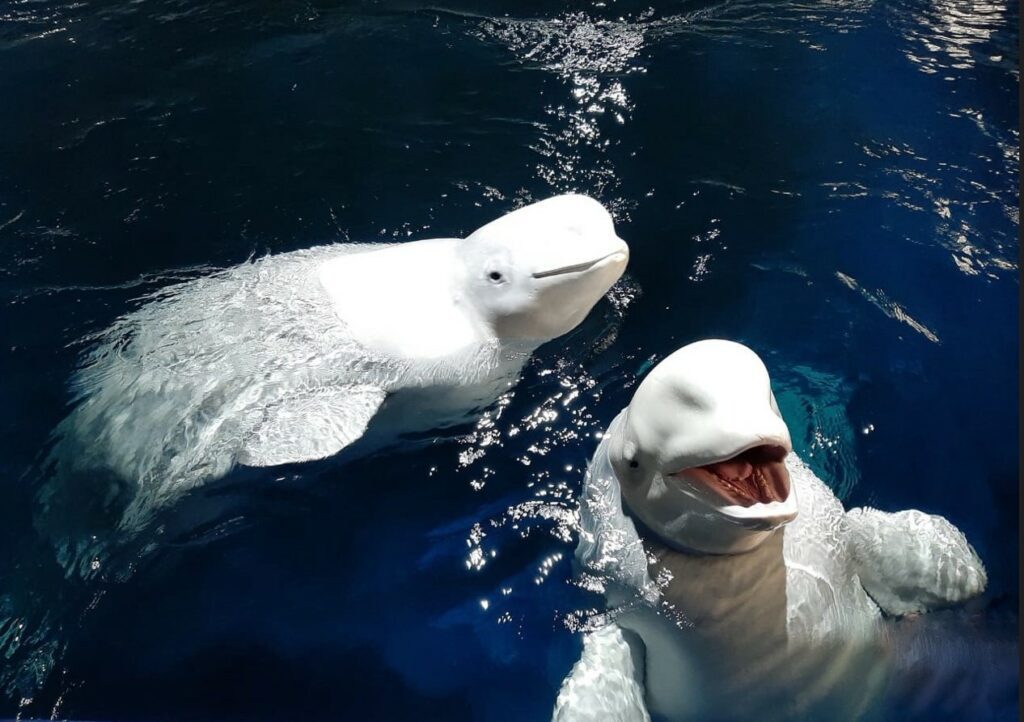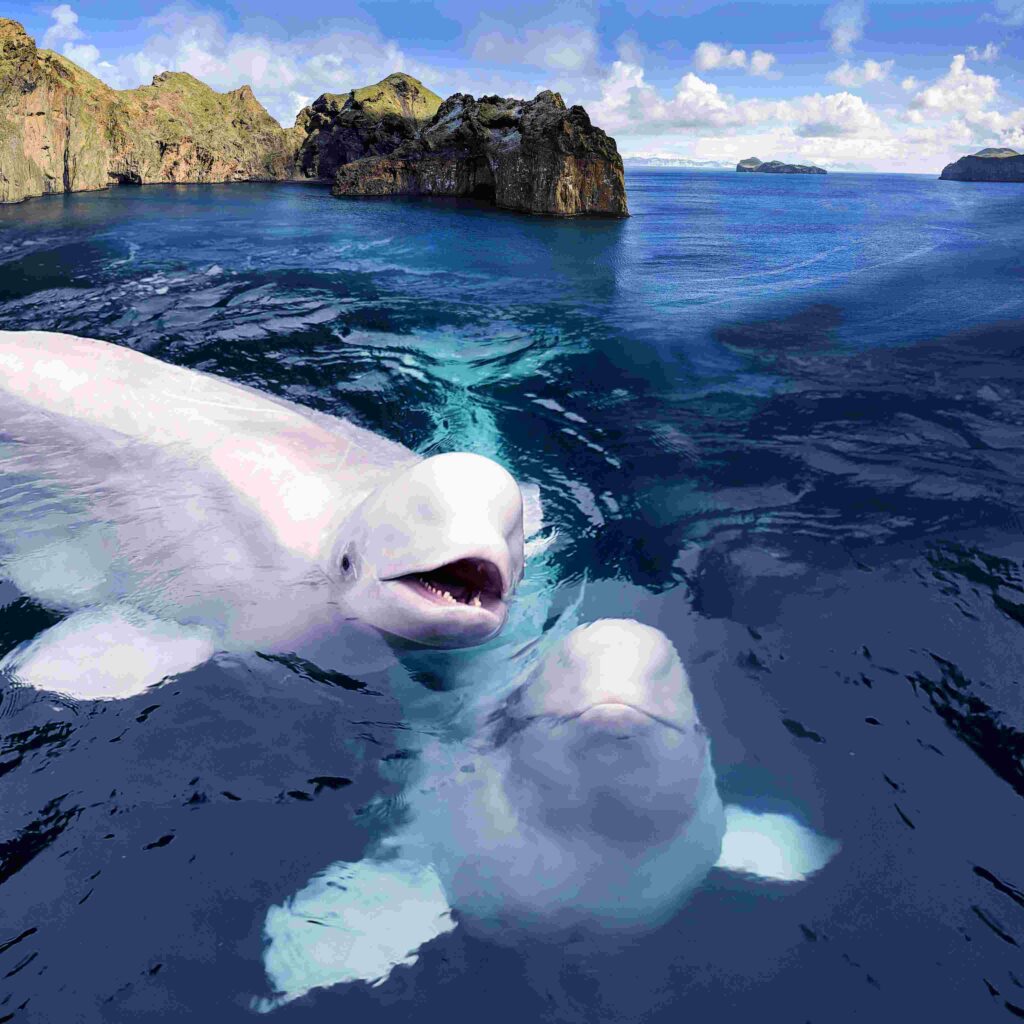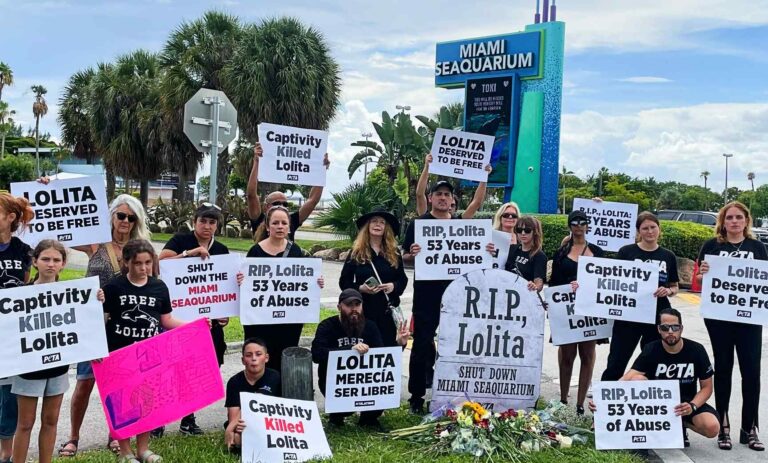The death in the USA of Lolita, the killer whale that at 57 had become the longest-lived in captivity, has provided an opportunity for animal rights campaigners to remind the public of the consequences of continuing to support marine-mammal performances.
The orca’s death comes shortly after the first set of standards for retired marine-mammal sanctuaries was announced (see below).
Also read: Captive dolphin ‘thrown out with bathwater’
“She died as she had lived – after spending more than five decades imprisoned by the Miami Seaquarium in the smallest, bleakest orca tank in the world, deprived of any semblance of a natural life,” says US-based charity PETA (People for the Ethical Treatment of Animals).
When it opened in 1955, Miami Seaquarium in Florida was the world’s biggest marine-life attraction. Aged four, Lolita was one of a number of killer whales taken from the wild in 1970 and sent to SeaWorld parks.
She lived at Miami Seaquarium without another orca for company from 1980, which was when her companion Hugo, the park’s first orca, died of a brain aneurysm after repeatedly ramming his head into the tank wall.
The facility had then held Lolita in a tank with incompatible dolphins that attacked her, says PETA, noting that she displayed signs of having sustained severe psychological trauma.

“Kind people begged the Miami Seaquarium to end Lolita’s hellish life in a concrete cell and release her to a seaside sanctuary,” says PETA’s president Ingrid Newkirk. “But plans to make this move came too late, and Lolita was denied even a minute of freedom from her grinding 53 years in captivity.”
As recently as 2021 a federal inspection report indicated that Miami Seaquarium had failed to provide Lolita with sufficient shade, reduced her food intake against veterinary instruction and forced her to perform in ways likely to have injured her, according to PETA.
Last year the charity obtained another such federal report revealing that the facility had restricted its dolphins’ food by up to 60% for months to make them more compliant for performances.
The Dolphin Company, which took over Miami Seaquarium last year, was prohibited from continuing to exhibit Lolita publicly, and there had been plans to transfer the orca to a seaside sanctuary in the Pacific North-west.
PETA is now calling on the company and other operators such as Seaworld, which has kept a younger killer whale called Corky in “tiny tanks” for nearly 54 years, to fulfil all such plans as soon as possible.
Guidelines for old cetaceans’ homes

Through popular demand, the practice of keeping killer whales, dolphins and other marine mammals in tanks for public entertainment is winding up in many parts of the world, with coastal sanctuaries being established so that ex-performers can be retired there.
Unlike such facilities for circus land animals, however, no standards had been set for cetacean sanctuaries – but now the first guide to best practices has been published by US-based charity the Global Federation of Animal Sanctuaries (GFAS).
“These guidelines were established through the combined efforts of top cetacean experts,” says the federation’s executive director Valerie Taylor. “They signal a defining moment for the future of captive cetaceans across the globe.”
GFAS says it is the only globally recognised body providing standards for identifying legitimate animal sanctuaries. Its guidelines have been produced through a collaboration with the Sea Life Trust and Whale Sanctuary Project charities, Merlin Entertainments and the US National Aquarium.
“Like all authentic sanctuaries, these ocean havens will be ‘cetacean welfare first’,” says Taylor. “The animals’ well-being, rather than visitor experience or company profit, will always be the priority in animal care, sanctuary design and overall operations.”
To be accorded GFAS accreditation, a sanctuary is required to meet “rigorous and peer-reviewed” animal-care standards that can be confirmed by a site visit. There must be no breeding or performances, and freedom of choice for the animals.
“GFAS accreditation provides a clear and trusted means for the public, donors and grantors to recognise awarded groups as exceptional organisations and true sanctuaries,” says GFAS.
“As the team responsible for the world’s first beluga whale sanctuary, we have seen first-hand the gargantuan effort, cost and sheer amount of care and passion that these sanctuaries take to create and beyond that, to maintain,” said Rob Hicks, global director of animal welfare at Merlin Entertainments, which owns Sea Life centres, Legolands and many of the UK’s best-known theme parks.

“The Sea Life Trust Beluga Whale Sanctuary was initially designed for Little Grey and Little White, the two belugas who previously performed in China and were transported in 2019 to the sanctuary, which is situated off the south coast of Iceland…
“We very much welcome these new standards and see them as just as pioneering as our own welfare project.”
“Sanctuaries are one of the most important ways we can make reparations to these intelligent, beautiful animals for decades of exploitation,” said Dr Lori Marino, president and co-founder of the Whale Sanctuary Project, which is creating a sanctuary in Nova Scotia for captive orcas and beluga whales.
“We are honoured to be working with other experts and scientists who share the vision of a world in which no dolphins or whales are used for entertainment but are treated with the respect they deserve.”
GFAS was unable to give Divernet figures for the number of retired marine-mammal sanctuaries currently in existence and the number already thought to comply with the guidelines.
Also on Divernet: Malta park blames diver for dolphin deaths, Wildlife charity names ‘exploitative’ travel companies, Russia reinforces anti-diver dolphin squad, Dolphins guard Russian warships against divers

